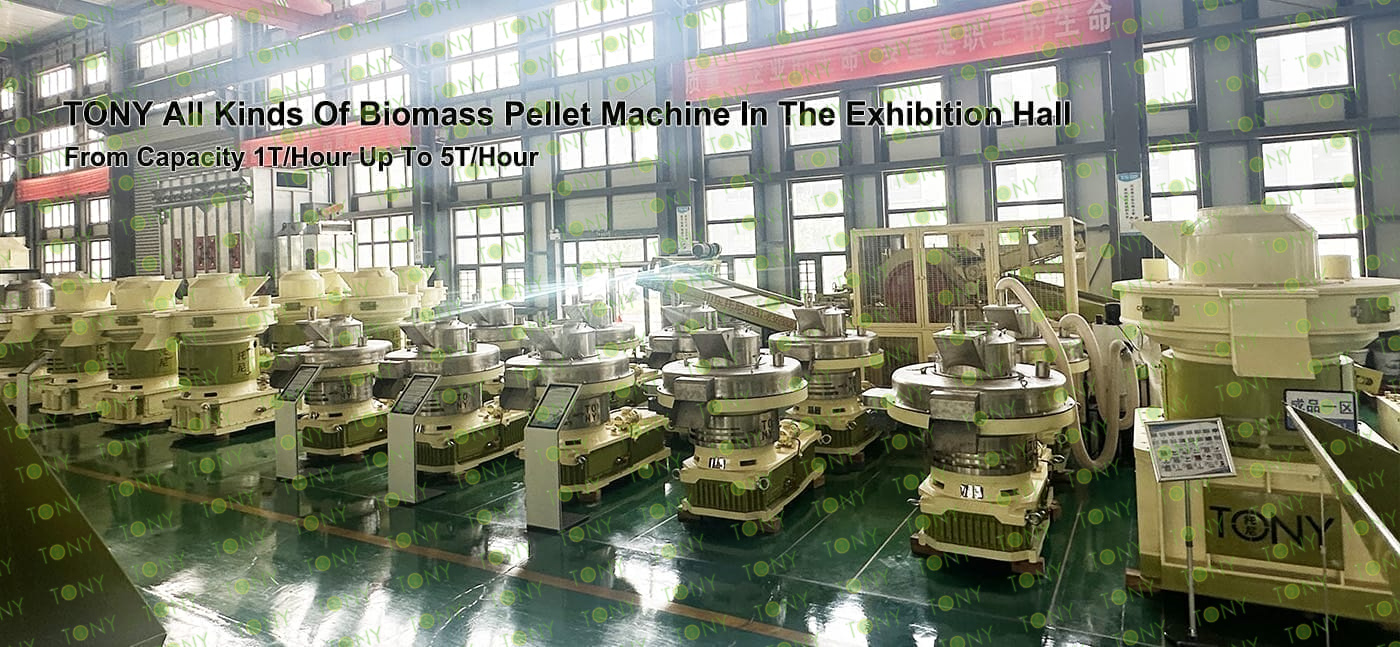1. Functional aspects
(1)Production applicability:
To consider whether the pellet machine can produce its own required products, for example, if you need to produce wood pellets of a specific shape, specification or quality standard, the machine needs to have the corresponding function. Different wood pellet machine functions are different, such as some flat mold pellet machine pressure, mold press wheel gap adjustment is simple, small volume, light weight, the raw material moisture requirements are not strict; The ring mold wood pellet machine has high output, low power consumption, small wear, simple replacement of the mold press wheel, convenient modulation processing, etc., and needs to choose the machine with the right function according to its own production needs.
(2)Raw material adaptability:
Types of raw materials: In addition to wood chips, there may be a variety of raw materials such as straw, pharmaceutical residues, rice husks and other raw materials to be processed, to ensure that the pellet machine can handle these raw materials well. For example, some wood pellet machines can not only make wood chips, but also apply to a variety of raw materials such as straw, pharmaceutical residue, rice husk and so on.
Raw material size and moisture: the size of the raw material entering the pellet machine must be in a certain range (such as less than 12 mm), and the moisture is also required (such as less than 15%), otherwise it may affect the production efficiency and particle quality.
2. Yield correlation
(1)Selection according to production demand:
If the output is less than 1 ton /h, the flat die pellet machine is more suitable; 1 ton /h above the recommended use of vertical ring mold wood pellet machine;
It should be clear that the output value of the pellet machine is regulated by the hour, such as 1.5 tons/hour, rather than by the day or year, so that it can accurately assess whether its output meets the demand.

3. Stability
(1)Operating stability:
The stability of the equipment during long-term operation is very important, such as whether the motor can continue to run stably, and whether the various parts of the machine are prone to failure during operation. Stable operation can ensure the continuity of production and reduce the loss caused by equipment failure.
(2)Mold compatibility:
The choice of mold is very important when purchasing, it is best to try the machine with your own materials, and the machine is best to support optional molds to adapt to different production needs. Different molds may affect the molding effect and production efficiency of the particles.
(3)Press wheel performance:
For example, the movement of the press wheel through the gear tooth groove and the die tooth groove will affect the deep pressing effect on the wood chips, thus affecting the molding quality and production efficiency of the particles.
When you buy wood pellets, you should know your own raw materials, if there are a variety of raw materials to see how much the proportion of various raw materials, and then determine your own output. This will help you confirm the model of the machine more quickly





















